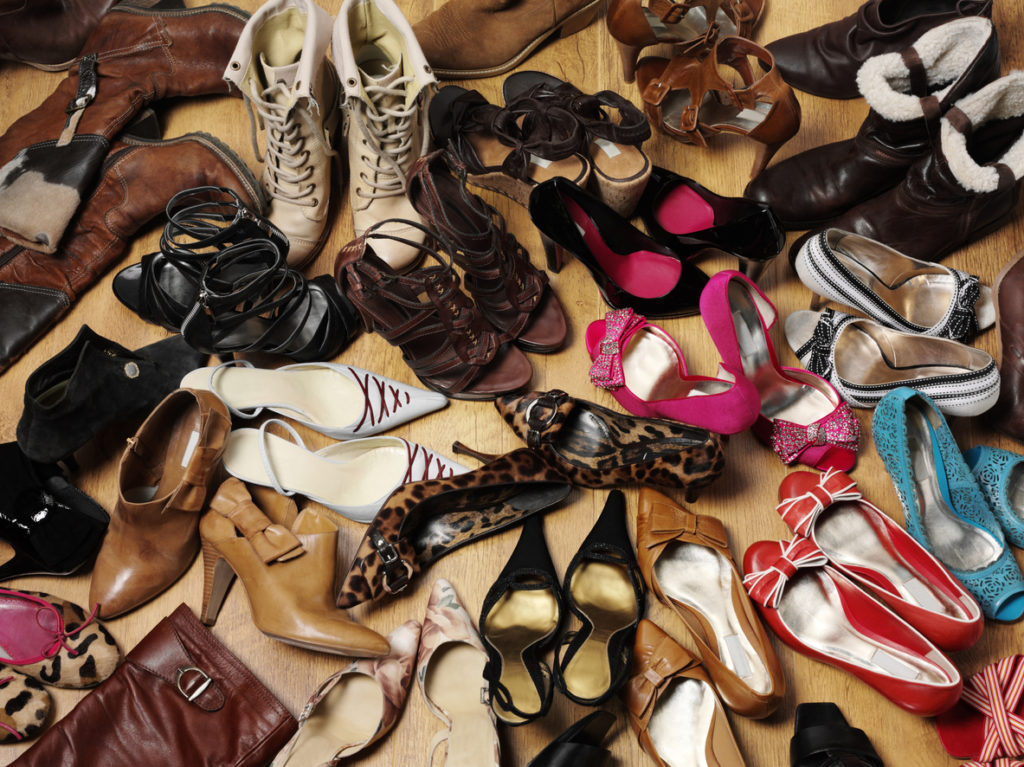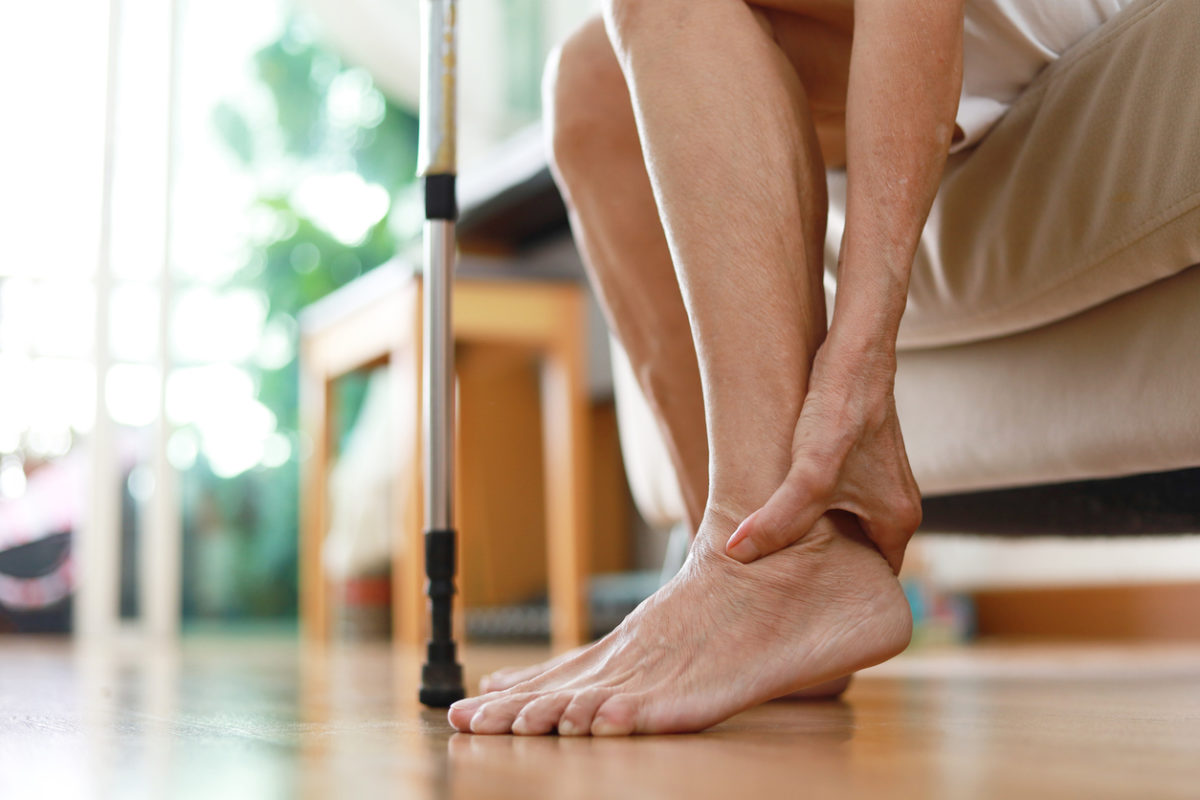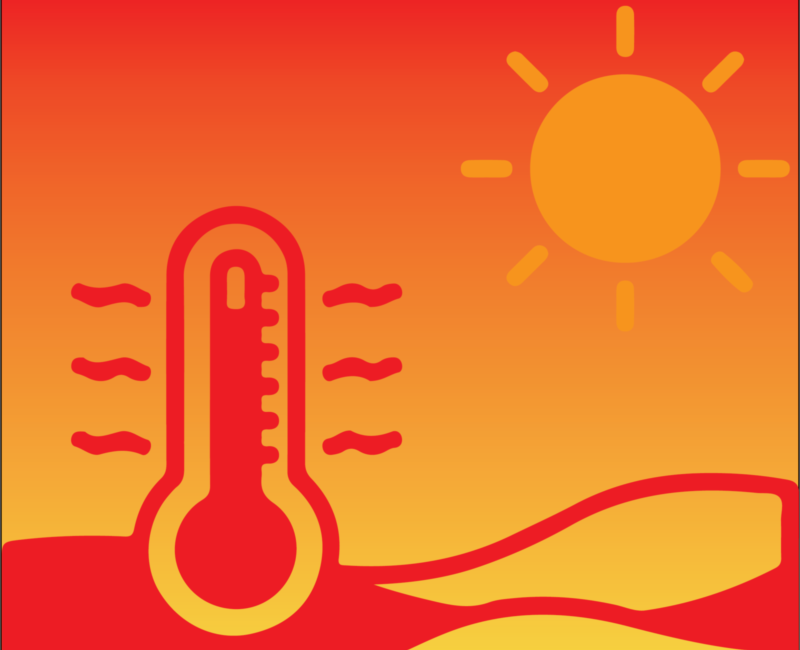Tips for taking care of aging feet
By Jay Nachman
When it comes to healthy feet, the adage “use it, or lose it” is sage advice, according to Dr. Khurram H. Khan, chairman of the Department of Podiatric Medicine at Temple University.
If you are not on your feet regularly, you will lose muscle and bone strength. “We always tell patients, we want you to be active,” Dr. Khan said. “Walking is probably the best exercise for most people, young and old. Bone grows along stress lines. So, wherever there is stress, the bone will grow or be maintained. We want patients to walk. We want them to maintain the calcium definition that comes from ambulation.”
A high percentage of older adults have arthritis and are not active because it hurts to move. “If it is early-stage arthritis, you actually do want to move. That will help with the arthritis,” Dr. Khan explained. “Moving that joint will help. If it is late-stage arthritis, we try and do something to help prevent the motion. In those instances, orthotics can be put into shoes so patients can walk without pain.”
If a patient has late-stage arthritis in the big toe, he recommends a shoe that doesn’t bend in the front. “The shoe does some of the motion for you, so your big toe doesn’t have to bend as far as it normally does,” Dr. Khan said. “If that doesn’t control the pain, an insert can be put in the shoe to help prevent the motion.”
When considering foot health, the toenails are also important. When walking, toenails help toes grip the ground by providing a counterforce. The toenails prevent the soft tissue underneath from shifting and provide a protective layer when someone stubs a toe.
For these reasons, it is important to maintain your toenails. “You don’t want them to be too big or too small,” Dr. Khan said. “If there is discoloration, it needs to be looked at.”
Discoloration can be caused by a fungus, mold or yeast. Nail psoriasis is an autoimmune condition that can occur in the toenails. When nails split, it can be caused by a vitamin deficiency. Fingernails and toenails are an important window to overall health. “The nails play an important role in guiding us to ask what else is going on in the body,” Dr. Khan said.
He also recommends frequent changing of socks because they hold onto fungus, molds and yeast. Dry skin on the feet should be treated to prevent cracks and fissures. When putting lotion on dry feet, don’t put it between the toes because it’s an area that retains moisture and can cause fungus and bacteria to grow.
For people with diabetes or at risk for diabetes, it is important to see a podiatrist at least once a year. A study by the American Podiatric Medical Association found that one visit to a foot doctor reduces hospitalization and the risk of ulcers and amputation by 25%.
Flip-flops are the worst shoes for older adults. “When wearing flip-flops, you’re relying on just two toes – the big toe and the second toe – to hold the shoe onto your foot,” Dr. Khan said. “We are walking all the time and we use our feet to ambulate, so we want to make sure they are well supported and in good health.”
The American Podiatric Medical Association offers healthy feet tips, resources and a podiatrist finder at apma.org.
Visit the area’s largest shoe collection

Temple University’s School of Podiatric Medicine, located at 148 N. 8th St., has an enormous shoe collection, The Shoe Museum, with approximately 1,000 shoes on display in 13 exhibits.
The museum was founded in 1976 to coincide with the nation’s bicentennial as an added attraction for visitors to the Liberty Bell and Independence Park, which are located two blocks from the museum. The international shoe collection was originally supplied by a long-term loan from the Dr. H. Augustus Wilson shoe collection of the Mütter Museum. Wilson was a noted Philadelphia orthopedist and world traveler who collected footwear from more than 30 countries.
Exhibits at the museum include The Anatomy and Physiology of Shoes, Mummer Shoes, The Locker Room, Shoes in the Arts, A Style for Every Occasion and Shoes of the World.
Admission to the museum is free, but visits must be scheduled in advance by emailing the museum curator Dr. Andrew Meyr at ajmeyr@temple.edu. Tours are available on weekdays between the hours of 9 a.m. and 5 p.m. For more information, call 215-777-5750.
Jay Nachman is a freelance writer in Philadelphia who tells stories for a variety of clients.




